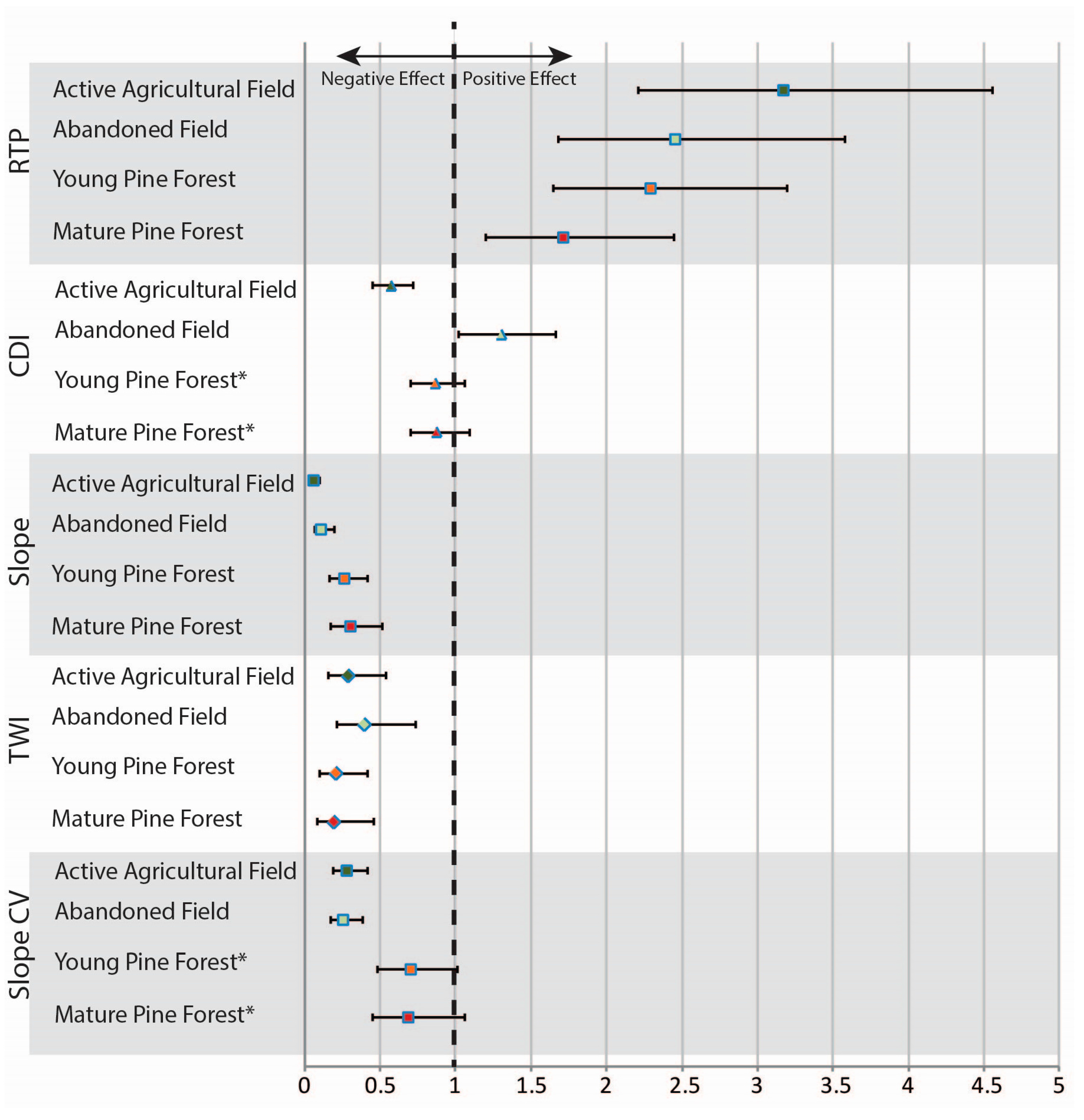Manifestations And Underlying Drivers Of Agricultural Land Use Change In Europe

Name Stars Updated; Manifestations and underlying driversof agricultural land use change in Europe. These are (1) the joint occurrence of intensification on pro. Van Vliet J., de Groot H.L.F., Rietveld P., Verburg P.H. Manifestations and underlying drivers of agricultural land use change in Europe. Van Vuuren D.P., Stehfest E., Gernaat D.E.H.J., Doelman J.C., van den Berg M., Harmsen M., de Boer H.S., Bouwman L.F., Daioglou V., Edelenbosch. Manifestations And Underlying Drivers Of Agricultural Land Use Change In Europe. Little reliable data is available on the extent of land degradation in Africa.
• • 996 Downloads • Abstract Assessments of land-system change have dominantly focused on conversions among broad land-use categories, whereas intensity changes within these categories have received less attention. Considering that both modes of land change typically result in diverse patterns and trajectories of land-system change, there is a need to develop approaches to reduce this complexity. Using Europe as a case study, we applied a clustering approach based on self-organising maps and 12 land-use indicators to map (1) land-system archetypes for the year 2006, defined as characteristic patterns of land-use extent and intensity, and (2) archetypical change trajectories, defined as characteristic changes in these indicators between 1990 and 2006. Our analysis identified 15 land-system archetypes, with low-intensity archetypes dominating (ca. 55% coverage) followed by high-intensity archetypes (ca. In terms of change, we identified 17 archetypical change trajectories, clustered in four broad categories. Stable land systems were most widespread (ca.
40% of the EU27), followed by land systems characterised by land-use conversions (ca. 26%), de-intensification trends (ca. Motorola Manual. 18%), and intensification trends (ca. Intensively used and intensifying land systems were particularly widespread in Western Europe, whereas low-intensity and de-intensifying land systems dominated in Europe’s east. Comparing our archetypes with environmental and socio-economic factors revealed that good accessibility and favourable topographic, climatic, and soil conditions characterised intensively managed areas. Intensification was also most common in these areas, suggesting an ongoing polarisation of intensification in favourable areas and de-intensification and abandonment trends in more marginal areas.